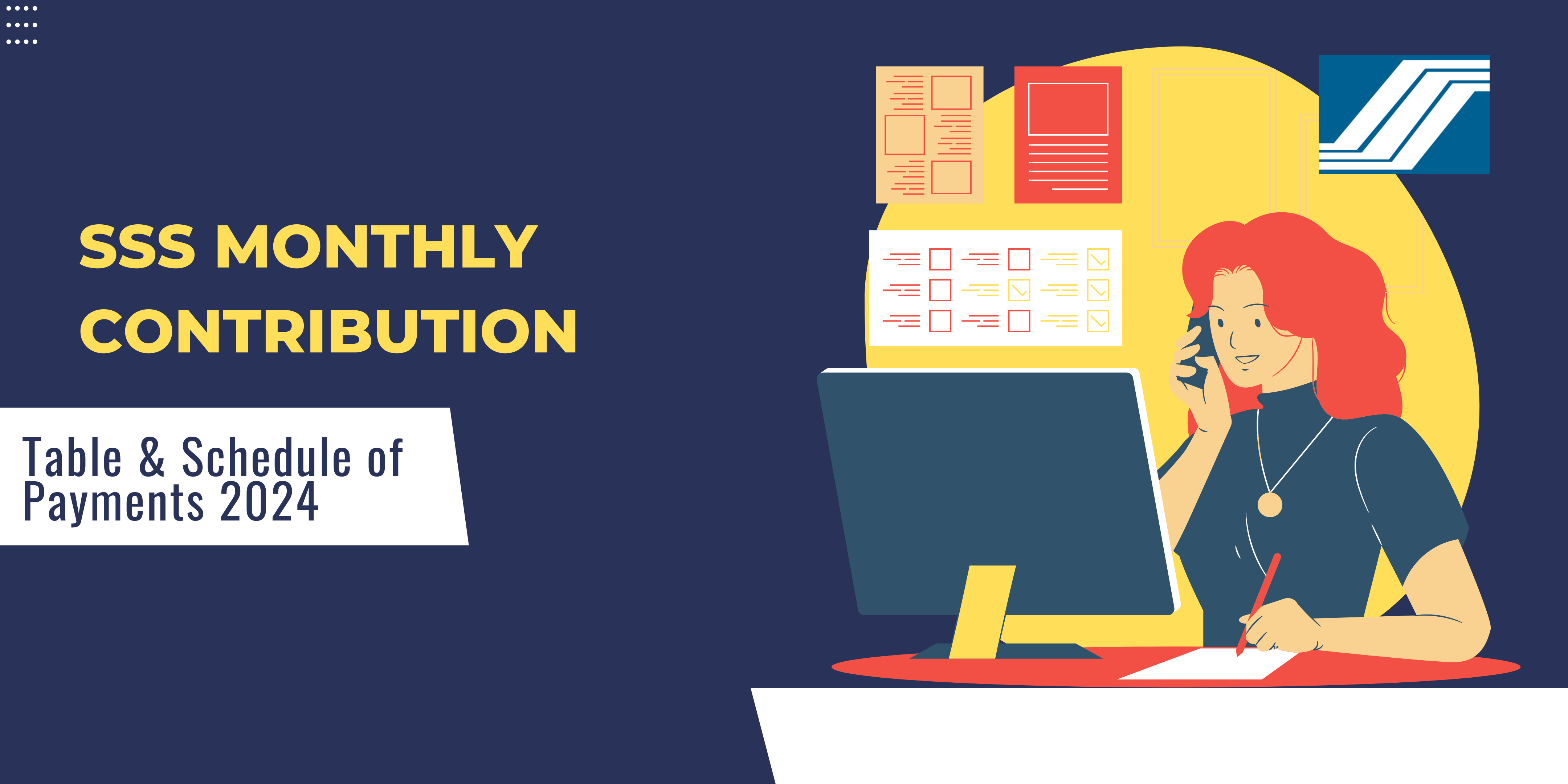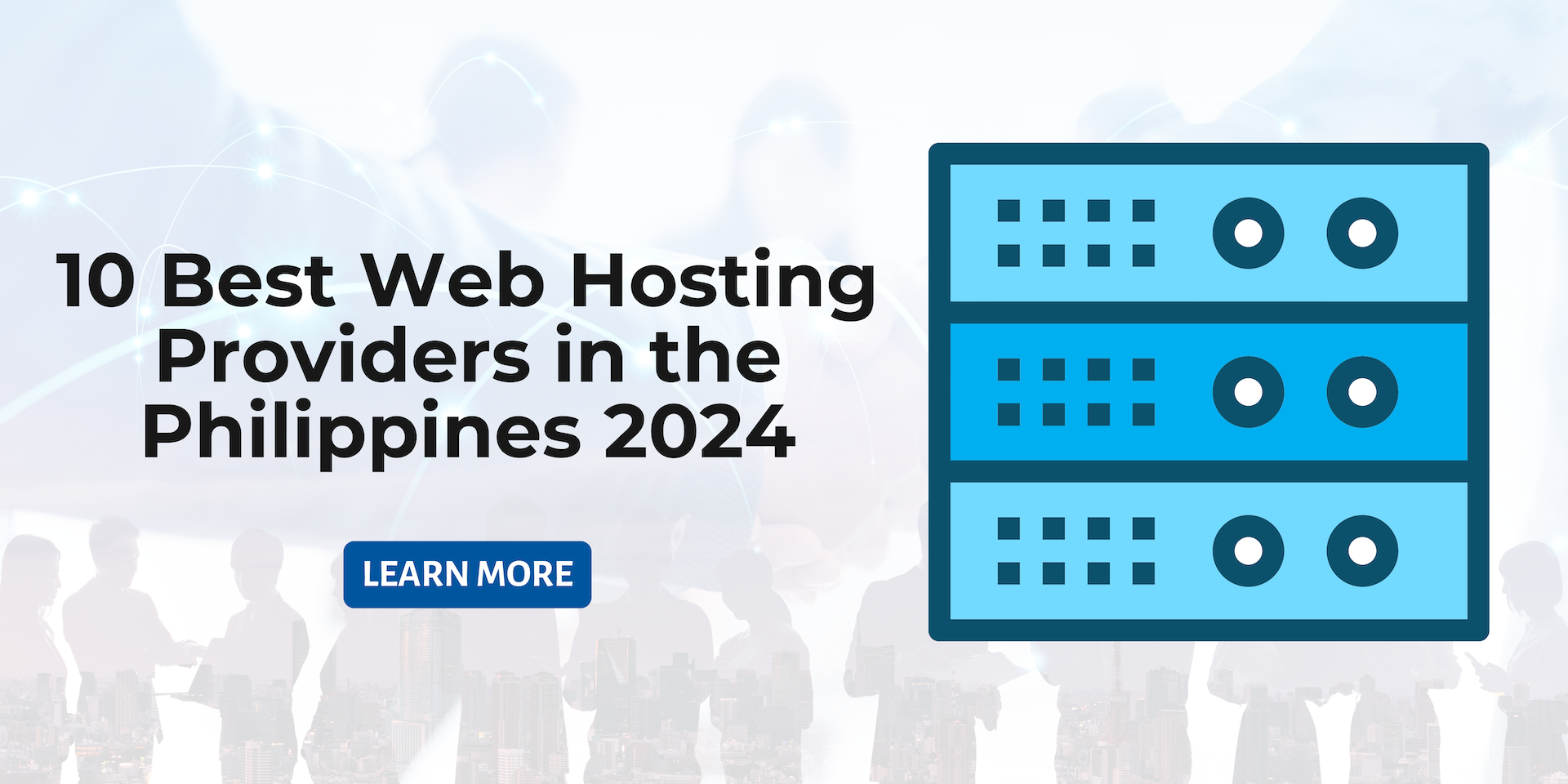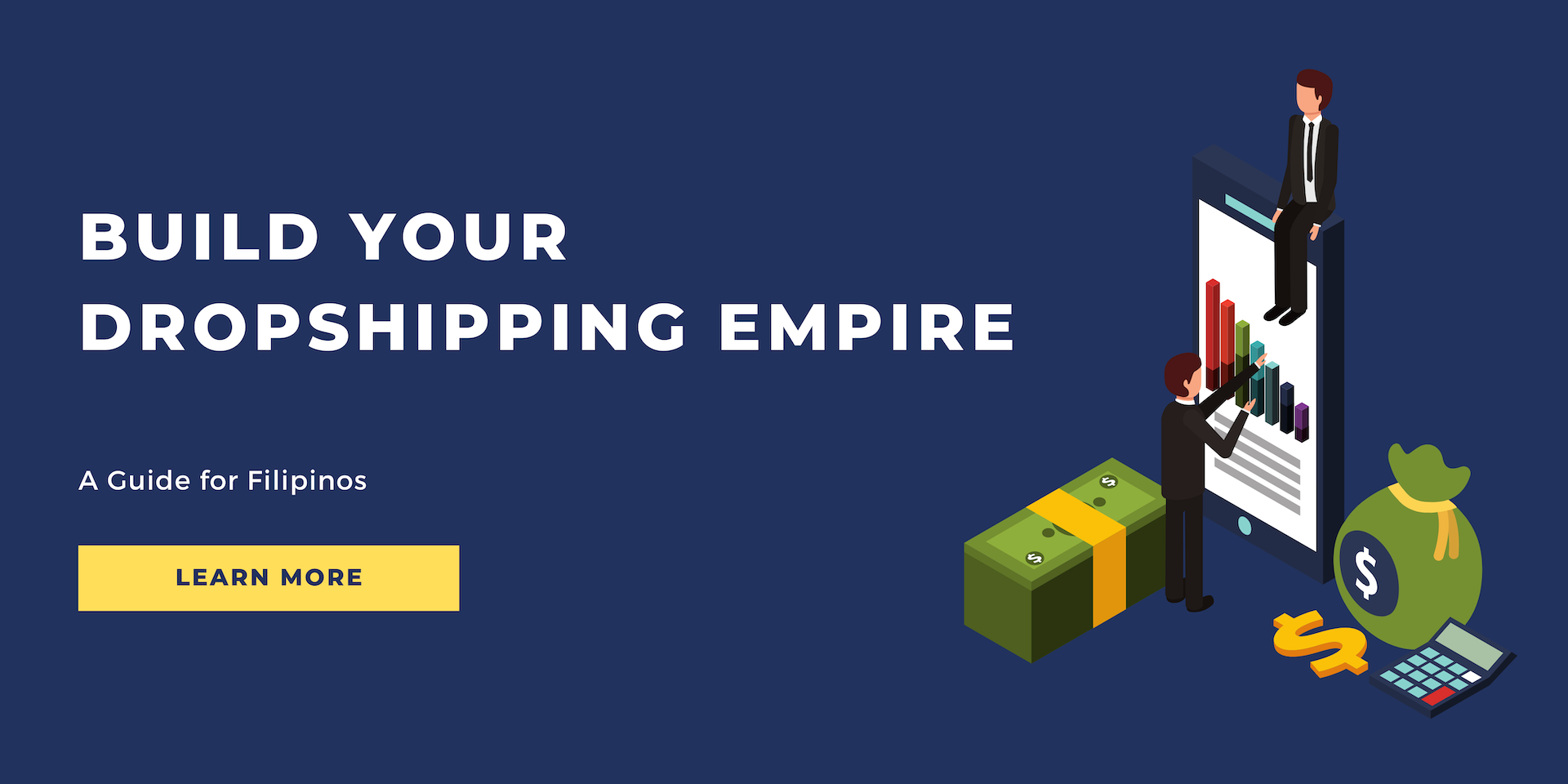March 17, 2020
9 min Read
How to Expand Your Subscriber List and Generate More Sales for Your Website
 Did you know email marketing is one of the most effective digital marketing channels to increase sales for your online business? Yep, that's right, and here's a stat to confirm the above statement. According to a Smart Insights report, marketers ranked email marketing as the top digital media channel of 2018. And it's no wonder since there are a total of 3.9 billion active email users in the world. As a comparison, social media platforms feature a total user base of 3.5 billion people. Email marketing is indeed an effective channel, and we'll show you how to harness its power to generate more sales for your website in this article. Let's dive in!
Did you know email marketing is one of the most effective digital marketing channels to increase sales for your online business? Yep, that's right, and here's a stat to confirm the above statement. According to a Smart Insights report, marketers ranked email marketing as the top digital media channel of 2018. And it's no wonder since there are a total of 3.9 billion active email users in the world. As a comparison, social media platforms feature a total user base of 3.5 billion people. Email marketing is indeed an effective channel, and we'll show you how to harness its power to generate more sales for your website in this article. Let's dive in!Why Should I Use Email Marketing?
 Did the stats in the previous section convince you to utilize email marketing for your business? Let us make that sure by providing you some additional reasons that will help you get started with this powerful digital marketing channel. According to a study, email marketing has an average Return on Investment (ROI) of 3,800%, which is way more than the same stat for Google Ads PPC campaigns (200%). Therefore, email marketing has proven itself as a highly profitable technique that could get better results for website owners than most digital channels. Email marketing offers additional benefits for online businesses, including:
Did the stats in the previous section convince you to utilize email marketing for your business? Let us make that sure by providing you some additional reasons that will help you get started with this powerful digital marketing channel. According to a study, email marketing has an average Return on Investment (ROI) of 3,800%, which is way more than the same stat for Google Ads PPC campaigns (200%). Therefore, email marketing has proven itself as a highly profitable technique that could get better results for website owners than most digital channels. Email marketing offers additional benefits for online businesses, including:- You are the owner of the channel: Compared to social media platforms where the operator of the network can suspend or delete your page whenever it likes, with email marketing, you are the exclusive owner of the channel's distribution.
- An excellent engagement rate: Unlike Facebook that has a user engagement rate of less than 1%, the average email newsletter features an awesome open rate of 20.81%.
- It's the preferred channel to get marketing messages: While 45% of consumers report that social media ads annoy them, 86% of users prefer to receive marketing messages from companies in email than on other platforms.
- Emails convert the BEST: According to a McKinsey study, email marketing converts 40x more leads into customers than two of the largest social media platforms – Twitter and Facebook – combined. And more conversions could mean higher quality traffic and a better ROI.
- Emails convert the BEST: According to a McKinsey study, email marketing converts 40x more leads into customers than two of the largest social media platforms – Twitter and Facebook – combined. And more conversions could mean higher quality traffic and a better ROI.
- You can make sales while connecting with your subscribers: While email marketing is an effective channel to make sales, you can also use the technique to initiate and maintain personal, direct contact with your subscribers. You can ask your subscribers about their opinion of your website and products anytime, and your email list can help you to provide valuable insights on your upcoming services and features.
Getting Started With Email Marketing
 Now that you know the most important benefits of email marketing, it's time for us to show you how to set up the digital marketing channel for your online business.
In the following sections, we've created a short guide that will help you get started with email marketing.
Now that you know the most important benefits of email marketing, it's time for us to show you how to set up the digital marketing channel for your online business.
In the following sections, we've created a short guide that will help you get started with email marketing.Step 1: Create an Email Marketing Strategy
Almost everything in today's world starts with an effective strategy. And it's no different when you decide to get started with email marketing. As internet users receive hundreds of emails every day, you need to plan ahead and create a strategy for your email channel that will engage your subscribers and convert them into customers.Start With Defining Your Audience
To achieve that, you have to first define your audience. This is a crucial step as you want your emails to be relevant to your subscribers. For example, if you are running a sports betting site, it makes no sense to send your subscribers newsletters about dog food. Instead, you would like to engage them with emails that are relevant to their favorite sports, providing relevant information for them that they can use to place their bets. A good strategy to define your audience is to gather information about your website's users and create buyer personas using that data.Define Your Goals and Objectives
After you have all the data you need about your audience, the next step is to define your goals and objectives. It's important to be as specific as you can here. Do you want to generate more sales for your business? Or you want to increase brand awareness? Maybe both? Write everything down, then do some research on the email campaigns of your competitors. Use the results of your research to finalize your goals and adjust them (if needed).Decide on the Content You'll Send to Your Email Subscribers
To proceed with creating your strategy, it's time to decide on the type of emails you'll send to your subscribers. Many digital marketers falsely think that their subscribers want to get spammed with hundreds of promotional emails every week. However, the above-mentioned is an inefficient email marketing strategy that will likely get your newsletters moved into spam. Instead of a hardcore promotion, your goal should be to provide valuable content to your subscribers with most of your emails. A great strategy is the 80/20 rule, where 80% of your emails provide value to your list, while the other 20% consists of promotional content where you pitch your products and services to subscribers.Specify the Timing and Frequency of Your Emails
After you are done, the final step of creating your strategy is to decide how many emails you'd like to send to your subscribers and how often do you want to engage them. We recommend starting small then gradually expanding your email content later on as your list is growing. This way, you can make sure that you are not overwhelmed at the beginning as you are learning the ropes of email marketing.Step 2: Build and Expand Your List of Email Subscribers
As soon as you have your email marketing strategy ready, you can proceed with scoring the first subscribers of your list. Important: We know it seems tempting to purchase email lists from marketing firms. But we strongly recommend not to do so as buying your subscribers will do more harm than good (and will likely get your sender address blacklisted by service providers). The only (proper) way to do email marketing is to convince your visitors to provide their personal details to you willingly by offering something valuable for them in return. In the following sections, we'll introduce an excellent strategy for this.Create Engaging Lead Magnets
One of the best ways to build your list of email subscribers is by using lead magnets. A lead magnet is something of value that you offer free to your prospects in exchange for providing their personal information (so you can add them to your email list). An email magnet can be a free:- Ebook
- Infographic
- Checklist
- Template
- Course or webinar
- Report, study, or other documents that contain interesting and relevant data
- Interview with an industry leader
Set up High-Converting Opt-In Forms on Your Website
A lead magnet is not enough to capture the emails of your prospects. You also need to create opt-in forms on your website that your visitors can fill out with their details to download the lead magnet. The opt-in form serves as the gateway between your lead magnets and your future leads. Therefore, it's important to make your forms attractive to your prospects so they can convert better. We've listed a few tips that you can use to create high-converting opt-in forms for your lead magnets:- Use an attractive design that grabs the attention of prospects.
- Keep it as simple as you can to avoid prospects leaving your website due to the complexity of your forms.
- Make your form's copy relevant and be truthful when presenting your offer to your visitors.
- Use double confirmation and ask your prospects to opt-in to your emails twice instead of utilizing welcome emails (internet users prefer double confirmation to welcome emails).
Step 3: Measure Performance and Optimize Your Email Campaigns
After your email marketing campaigns have been running for a while, it's important to analyze the results to assess their performance. Check the reports inside the interface of your preferred email marketing tool, and take a look at the following Key Performance Indicators (KPIs):- Open rate: The percentage of subscribers who opened your emails after reaching their inboxes.
- Clickthrough Rate (CTR): The percentage of subscribers who have clicked on your Call to Actions (CTAs) in your emails.
- Deliverability: Shows the percentage of your emails that reached the inboxes of your subscribers.
- Unsubscribes: The number of people who opted out of your list after receiving an email from you.
| Email Marketing Best Practices | Actionable Details |
|---|---|
| Time your emails and utilize best practices for their content |
|
| Use the strategy of email segmentation | Determine the unique characteristics, preferences, and interests of your subscribers, and use them to break up your email list into smaller subcategories. By segmenting your email list, you can send your subscribers more relevant content and offers. |
| Personalize your emails | Adding a personal touch to your emails will increase the engagement of your subscribers. Using a super simple personalization method like greeting your subscriber by his first name could boost the CTRs and open rates of your emails. |
| Automate your emails | If you use email segmenting, then you'll find automation handy. By using email autoresponders and workflows, you can take advantage of the unique characteristics of your subscribers to send newsletters to the right people at the right time. As a result, your open rates and conversions will increase. |
Email Marketing: a Powerful Digital Channel for Online Businesses
 With high conversion and engagement rates as well as an amazing (average) ROI, email marketing is an essential part of the digital marketing strategies of online businesses. However, it is important to emphasize that you should always focus on providing value with your emails to your subscribers as it is the best way to keep them on your list. If your subscribers find your emails valuable, they will keep reading your newsletters, which will allow you to target them with offers and promotions to increase the sales of your business. As mentioned before, we recommend using the 80/20 rule to achieve the best results with your email marketing campaigns.
With high conversion and engagement rates as well as an amazing (average) ROI, email marketing is an essential part of the digital marketing strategies of online businesses. However, it is important to emphasize that you should always focus on providing value with your emails to your subscribers as it is the best way to keep them on your list. If your subscribers find your emails valuable, they will keep reading your newsletters, which will allow you to target them with offers and promotions to increase the sales of your business. As mentioned before, we recommend using the 80/20 rule to achieve the best results with your email marketing campaigns.PROMO
FREE Web Hosting
for Your Website
Learn More



